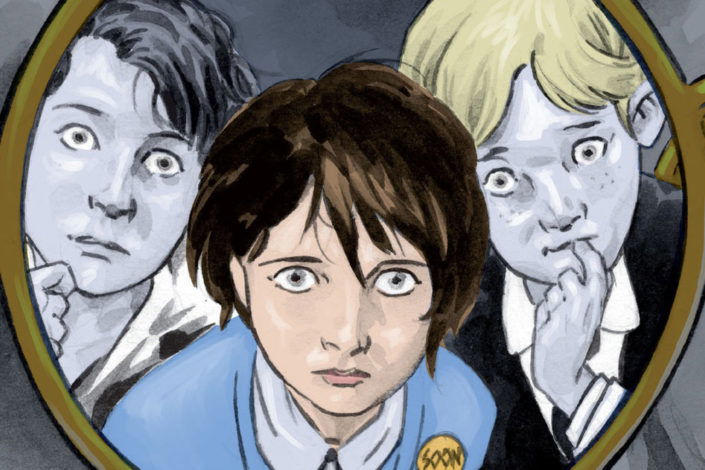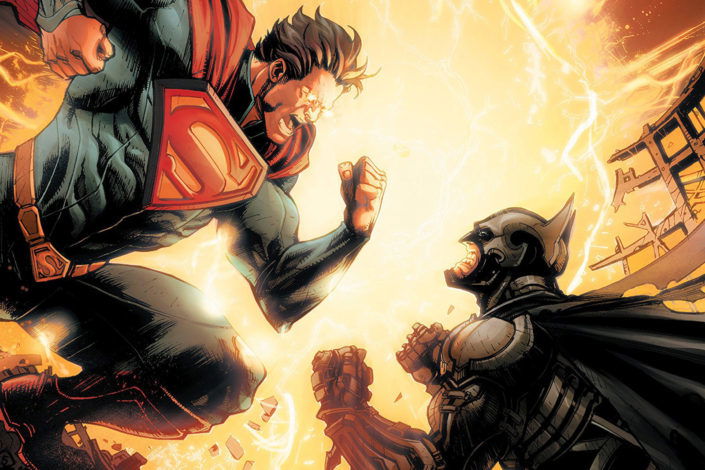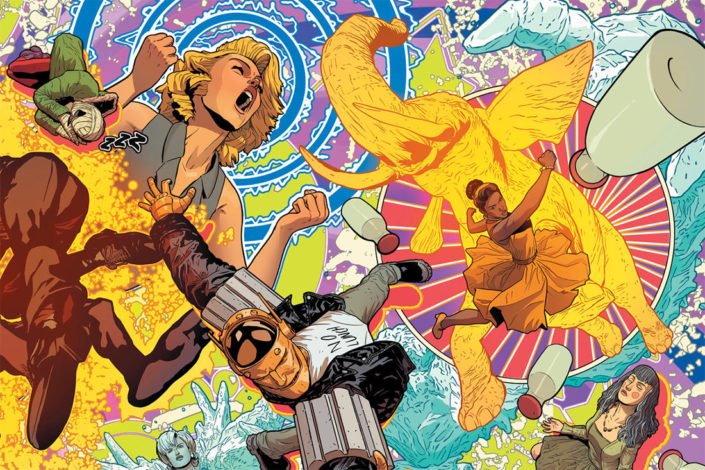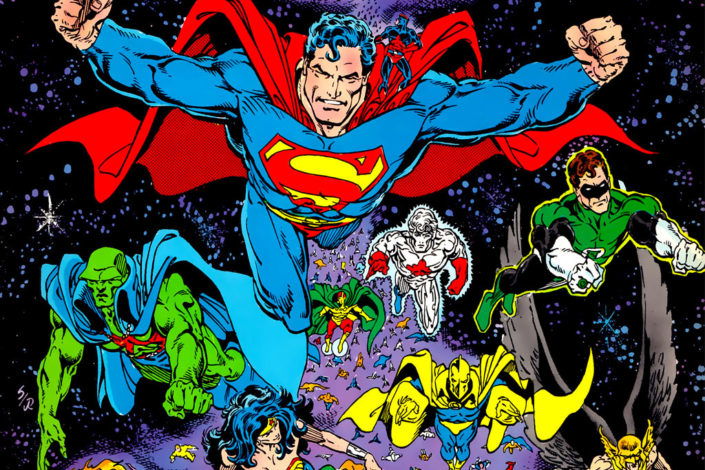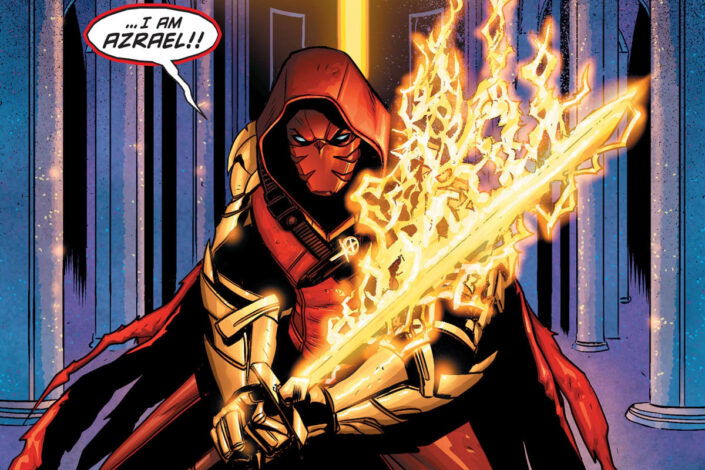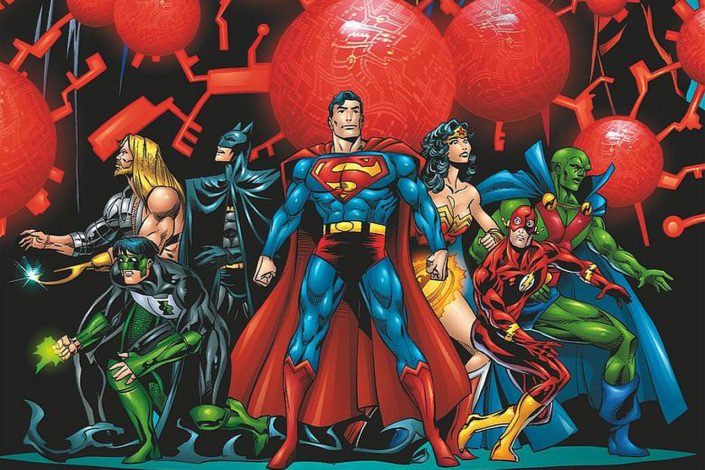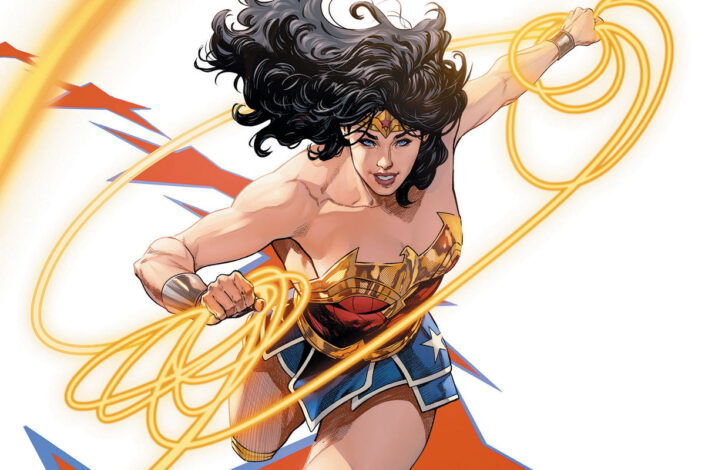Dead Boy Detectives Reading Order, From the Sandman Universe
Neil Gaiman’s Sandman (reading order here) led to the creation of multiple spin-offs, not all became as successful as Lucifer (reading order here). It was the case with The Dead Boy Detectives, two young sleuths that are also ghosts.
Created by Gaiman and artist Matt Wagner in Sandman #25, The Dead Boy Detectives are Charles Rowland and Edwin Paine. Edwin was murdered at his boarding school in 1916 and he went to Hell. But when Hell was emptied of its residents, Edwin and the souls of past teachers and pupils came back to the boarding school when Charles and a few teachers stayed for the holidays.
They didn’t survive and Charles became a ghost, like Edwin. The two boys decided to forego going to the afterlife with Death and became detectives investigating crimes involving the supernatural.
Read More »Dead Boy Detectives Reading Order, From the Sandman Universe
